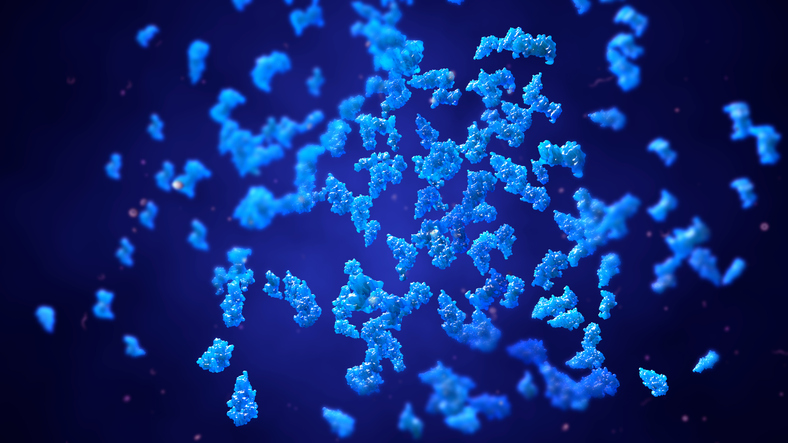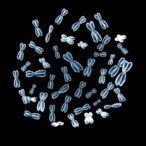Scientists led by 2024 Nobel Laureate in Chemistry David Baker, PhD, from the University of Washington (UW) School of Medicine, and Timothy Patrick Jenkins, PhD, from the Technical University of Denmark have used deep learning tools to design proteins that bind to and neutralize toxins found in the venom of deadly cobras. Details of the work are published in a Nature paper titled, “De novo designed proteins neutralize lethal snake venom toxins.”
The study, which was done in mice, focuses on a class of snake proteins called three-finger toxins (3FTx). These highly toxic proteins are responsible for pathologies “including severe tissue damage and inhibition of nicotinic acetylcholine receptors, resulting in life-threatening neurotoxicity,” the researchers wrote in Nature. 3FTxs are often the reason for the failure of existing antivenoms based on immunized animals. Furthermore, “the only available treatments for snakebites consist of polyclonal antibodies derived from the plasma of immunized animals, which have high cost and limited efficacy against 3FTxs.”
In contrast, “the antitoxins we’ve created are easy to discover using only computational methods,” said Baker, who is also the director of UW’s Institute for Protein Design. The designed proteins “bind short-chain and long-chain α-neurotoxins and cytotoxins from the 3FTx family,” according to the paper.
While they do not protect against full snake venom, the proteins effectively “neutralized all three 3FTx subfamilies in vitro and protected mice from a lethal neurotoxin challenge.” Study subjects had an 80–100% survival rate, depending on the exact dose, toxin, and designed protein. The proteins are also cheap to produce, Baker added. The antitoxins can be manufactured using microbes, circumventing traditional animal immunization and potentially lowering the costs of production.
An added benefit of the proteins is their size, Jenkins noted. “They are small—so small, in fact, that we expect them to penetrate tissue better and potentially neutralize the toxins faster than current antibodies,” he said. And because the proteins were created entirely on the computer using AI-powered software, we dramatically cut the time spent in the discovery phase.”
The World Health Organization estimates that over two million people per year suffer venomous snakebites. These result in about 100,000 annual deaths and three times as many permanent disabilities occurring mostly in low-resource settings in sub-Saharan Africa, South Asia, and other tropical regions.
While the results in this paper bode well, the researchers stress that traditional antivenoms will likely remain the go-to treatment for treating snake bites for the foreseeable future. They suggest that the computer-designed antitoxins could initially become supplements or fortifying agents that improve the effectiveness of existing treatments until standalone next-generation therapies are approved.
Furthermore, there are broader applications for this approach to drug development. It could be used to design novel treatments for some types of viral infections. “We didn’t need to perform several rounds of laboratory experiments to find antitoxins that performed well—the design software is so good now that we only needed to test a few molecules,” Baker said. “Beyond treating snake bites, protein design will help simplify drug discovery, particularly in resource-limited settings.”



